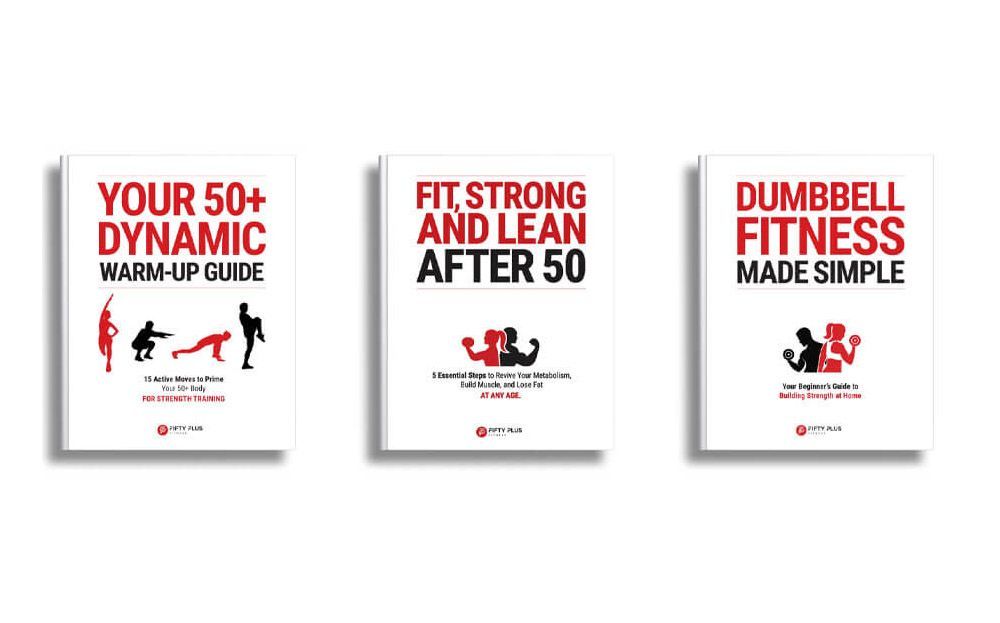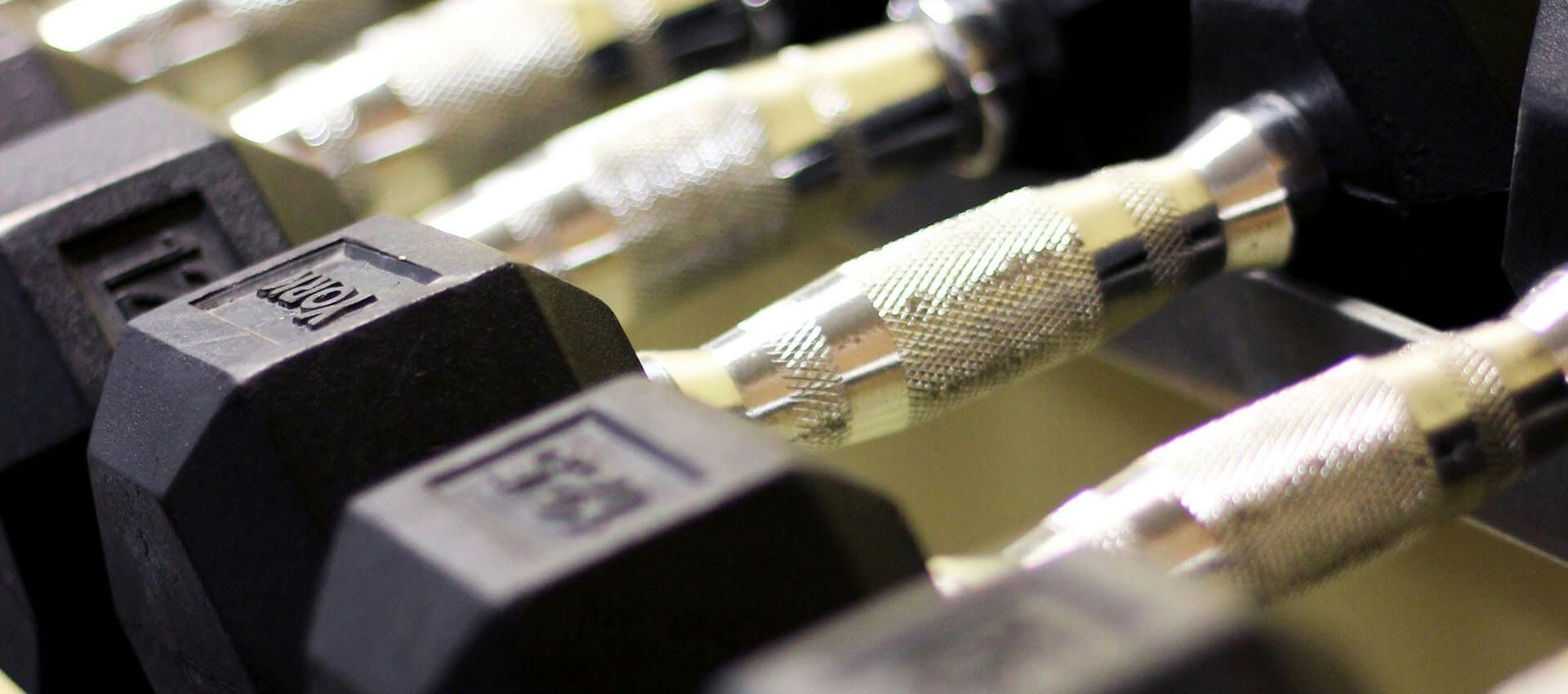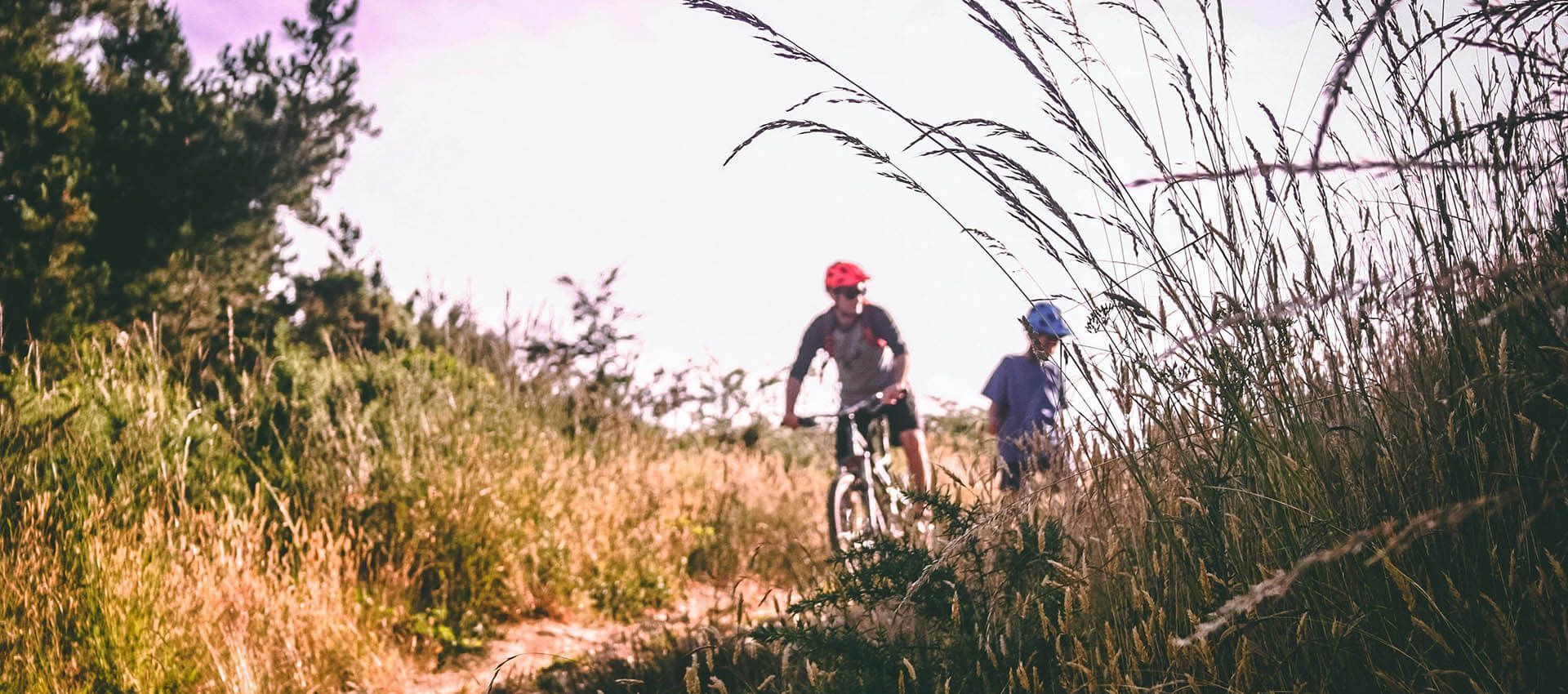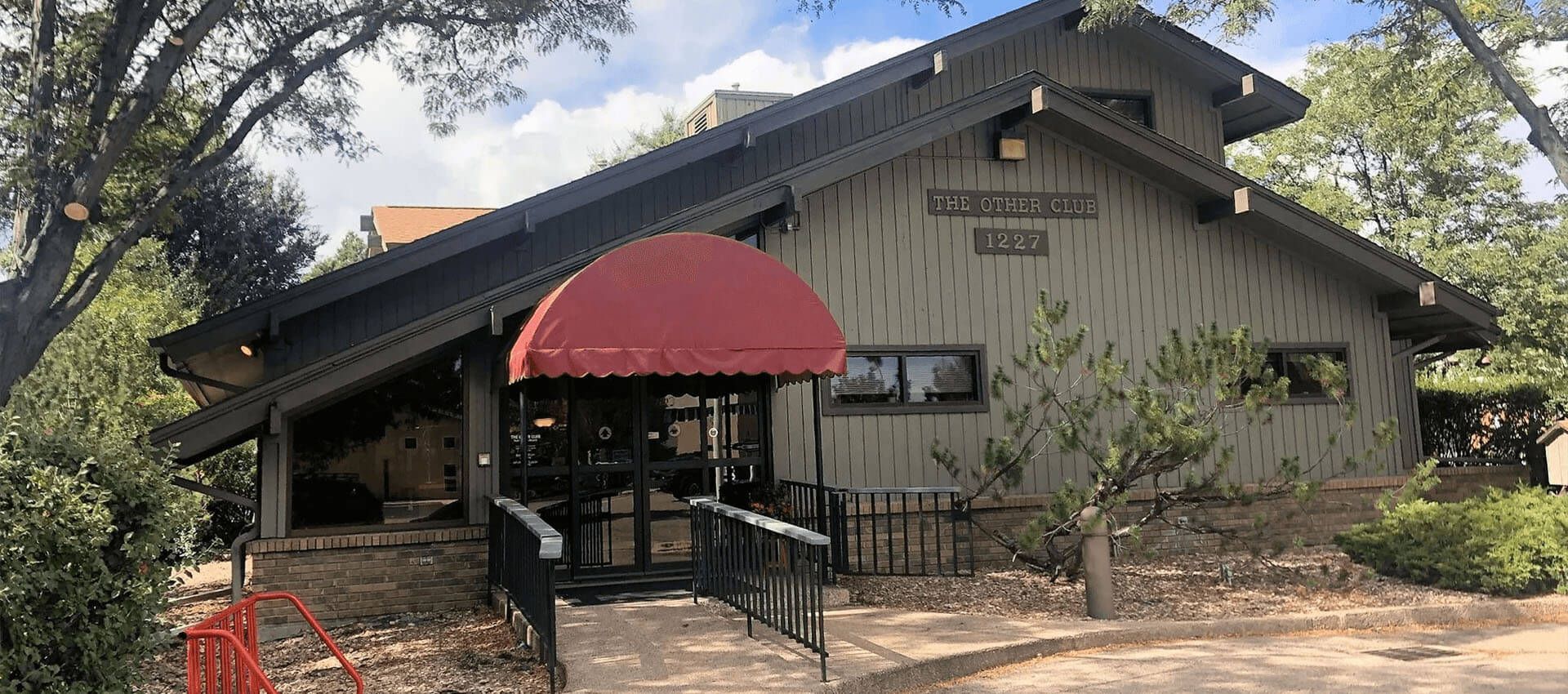How to Get Fit After 50 and Build Lasting Habits
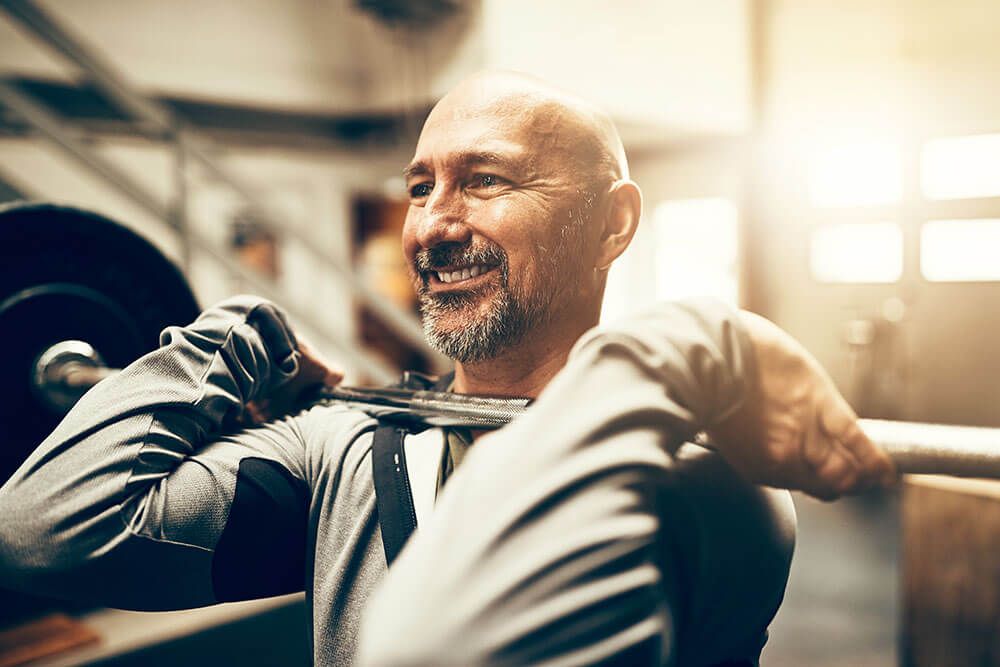
Are you over 50 and considering fitness but overwhelmed by conflicting advice, social media noise, and injury fears?
The good news? You can create a simple plan to get in shape without confusion or feeling overwhelmed. Here’s a simple, sustainable way to start exercising and build a lasting fitness habit.
Why Starting Fitness at 50+ Feels Overwhelming
Aging brings real hurdles that can make exercise seem intimidating.
Declining energy from hormonal shifts and muscle loss (sarcopenia) makes daily tasks tougher.
Joint pain or stiffness, like arthritis, can limit movement, while past fitness failures breed doubt.
Fitness myths like “you’re too old” or “you’ll get hurt” plant fear, draining your drive, and keeping you stuck.
Add in the amazing amount of conflicting fitness and nutrition advice, and it’s easy to feel paralyzed.
But guess what? There are small, smart steps that you can take to transform your health starting today. Let’s go!
It’s Never Too Late
Can You Really Transform Your Health After 50? Well, I’m in my early 60s and I’m stronger, leaner, and feel better than ever.
In my 30s and 40s, I was a marketing consultant, stuck at a desk, battling a 230-plus pound frame, chronic back pain, and low energy. I thought the cure was endless cardio, but it turned out to be counterproductive.
In my 50s, I transformed my health by embracing strength training as my core. Lifting paired with smart nutrition, brief cardio, and walking helped me get fit, strong, and lean.
As a NASM-certified trainer in Fort Collins, Colorado, my ethos is Stronger at any age. My goal is to spread the “it’s never too late’ message and help 50+ adults ditch those myths, build strength, confidence, and just feel better!
Don’t Let Barriers Hold You Back
Complex fitness routines and gym intimidation scare off many 50+ adults. It’s no wonder because many big-box Gyms are intimidating places for someone of a certain age.
Add myths like “you’re too old to start” or “exercise means injury” to fuel fear.
Plus, there’s something I see many people do: over-relying on cardio, like I did. The problem is that too much cardio can lead to muscle loss (something you don’t need if you are over 50), injury, and slow your metabolism further.
Time constraints and the pressure to do intense workouts lead to burnout, not progress.
These barriers can make fitness feel risky, overwhelming, or just pointless.
But the truth is that inaction, not exercise, causes atrophy, achy joints, and low energy.
Atrophy aches worse than any workout, but the soreness of lifting weights is temporary.
The pain of muscle loss? Well, it lingers. I train people over 50—trust me, strength training beats atrophy every time.
The mild discomfort of resistance training (combined with the other stuff I mentioned above) defeats atrophy and uplifts your life.
So, let’s uplift your life!
5 Simple Steps to Start Exercising
FACT: You don’t need hours in the gym or grueling workouts.
These five steps, drawn from my free eBook Fit, Strong, and Lean After 50, make fitness approachable and effective.
Step 1: Start with 10-Minute Walks
Walking is your perfect, low-impact partner to ease into fitness.
It burns fat, spares muscle, and boosts recovery without stress.
Aim for 7,000–10,000 steps daily eventually, but start slow to build the habit.
Park farther, take stairs, or walk after meals. Studies show 7,000+ steps can cut early death risk by 50–70%.
Want an easy way to start? Walk 10 minutes first thing in the morning and include short walks 1-3 times a day, after each meal, to build consistency.
Step 2: Try Bodyweight Exercises
Before weights, master bodyweight moves to build strength and confidence.
Try chair squats, push-ups, or planks to strengthen legs, chest, and core. Check out Your Dynamic 50+ Warm-Up Guide to get started.
Work up to weights. And by weights, I mean one of the most versatile pieces of equipment you can find—a cheap set of dumbbells!
Dumbbell lifts, outlined in my Dumbbell Fitness Made Simple eBook, are safe and scalable, and perfect for beginners.
Step 3: Prioritize Protein
Protein fuels muscle repair and curbs hunger, especially after 50 when sarcopenia (muscle loss) accelerates.
Aim for 0.5–1 gram per pound of body weight daily (e.g., 75–150g for a 150-lb person) from sources like eggs, chicken, beans, or Greek yogurt.
Pair protein with whole foods like berries or quinoa for balanced nutrition. Learn more here: Fit, Strong, and Lean After 50.
Step 4: Add Light Resistance Training
If you are over 50, strength training is your metabolic powerhouse, burning calories even at rest.
As I mentioned above, start with dumbbells.
Your key? Starting small so you can build a habit that fits into your life.
Build your fitness habits over 30+ days: walk daily, do bodyweight exercises, eat enough protein, and progress to simple lifting.
A 2023 study shows that even 70-somethings gain muscle with resistance training. So, start slow, make it stick, and get stronger.
Step 5: Track Habits Like Sleep and Water
Consistency trumps intensity. Track simple habits like 7–8 hours of sleep, 8–10 cups of water daily, or step counts, to stay accountable.
Use a notebook or app to log walks, meals, and workouts. Don’t overdo it just create a simple notebook to track your actions and your progress!
You’re Never Too Old to Get Fit, So Start Today.
Try a 10-minute walk, a bodyweight squat, or a protein-rich meal.
Just start!
Consistency, not perfection, will build a stronger, healthier you.
Let’s rewrite the rules of aging together!


